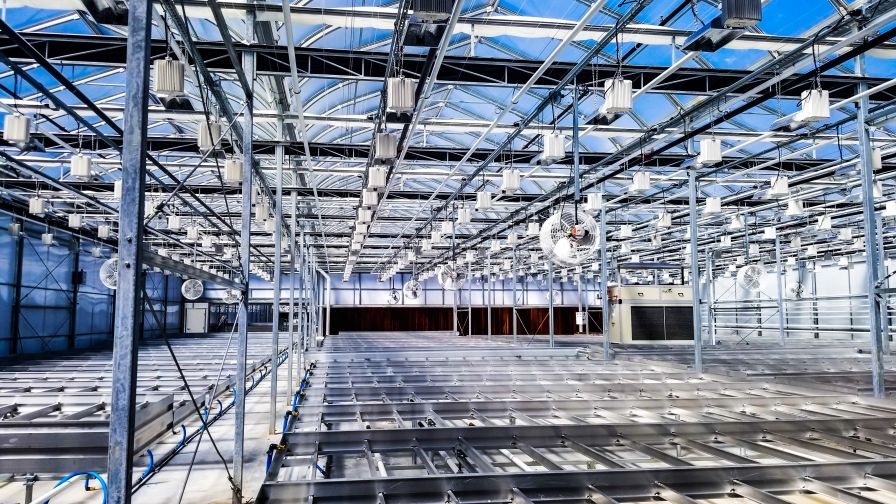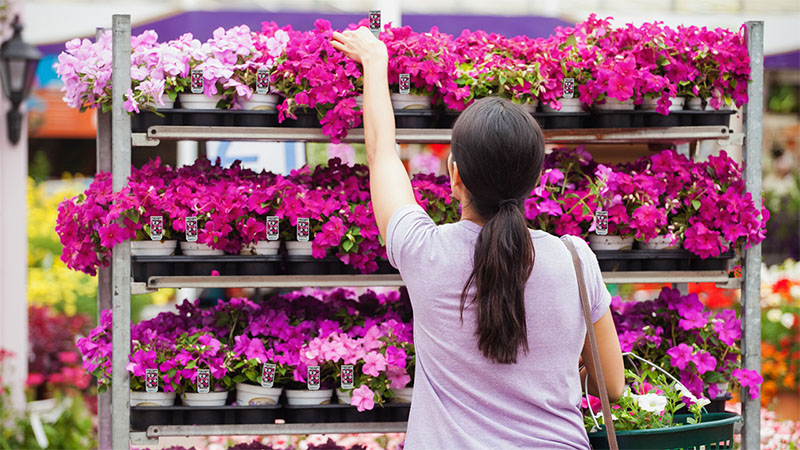5 Ways to Optimize Your Greenhouse Irrigation System

Greenhouse irrigation | LLK Greenhouse Solutions
Creating an efficient irrigation system for your greenhouse space is now more important than ever for commercial growers in the horticulture industry. Smart design principles regarding greenhouse irrigation can not only be responsible and profitable in the short term by optimizing water distribution, but a good plan in the long term by accounting for water shortages and implementing automation to save on labor costs and stay ahead of the curve.
Let’s look at the best ways to design your greenhouse’s irrigation system to provide optimal growing conditions, maximize yield quality and quantity, minimize resource waste, and cultivate success by accounting for all possible variables.
1. How much water do my plants need?
The first question to ask and answer when designing or optimizing greenhouse irrigation systems is the exact needs of your plants. You’ll want to know how much water your plants require, as well as the distribution schedule for proper water management. There can be a lot of data to sort through to find the best answer. That means considering the plant species, its development cycle and current stage of growth, and the environmental conditions of the greenhouse.
Additionally, during this research process, it is recommended to develop a Standard Operating Procedure (SOP) for each plant in your greenhouse, according to LLK Greenhouse Solutions. This will help optimize other areas of the cultivation process beyond just the irrigation system.
2. Is my water quality good enough?
Plants can suffer greatly if provided with poor-quality water. It’s important to know that you can trust the source of the water used for your greenhouse irrigation system. That means it should regularly be tested for chemicals, particulates, pathogens, and other areas of concern (pH balance, electrical conductivity, etc.) to make sure it’s properly filtered and non-toxic. That way, it won’t pose harm to your plants and their yield, as well as to the irrigation system itself concerning the probabilities of clogging and corrosion.
3. How can I integrate new irrigation technologies?
Especially for commercial growers operating on a large scale, automation technology is an important tool for managing time, labor, resources, cost, and more. That includes automation within a greenhouse irrigation system and its design.
In addition to automation, it’s also important to keep up to date with other cutting-edge technologies and incorporate them where useful, whether practical (precision irrigation) or data-driven (analytics)
4. How can I make my irrigation system more sustainable?
Sustainability is a critical aspect of all greenhouse operations. For irrigation design, that involves the conversation of water, management of resources, and managing potential environmental impacts.
If any waste is generated during system operations, it should be analyzed whether or not these materials can be recycled or reused, such as in the cases of runoff and condensation.
Additionally, other avenues of renewable energy should be explored, including wind and solar power. This can further help to minimize a greenhouse operation’s carbon footprint, as well as produce long-term energy savings after recouping the cost of purchase and installation. For more information on renewable energy options, please see the Greenhouse Heating guide from Greenhouse Management.
5. How can I properly audit and evaluate my system for further improvement?
Lastly, it’s always important to look at the present and figure out what you could be doing better in the future. Finding success in any industry is contingent on adapting to changes, and the nature of greenhouse operations is a constantly evolving process.
Therefore, it is important to commit to regular system audits and performance checks, and incorporate the use of data analytics. Conducting these practices will not only identify areas of improvement to capitalize on but will also catch any irregularities in the system in need of repairs or updates.









